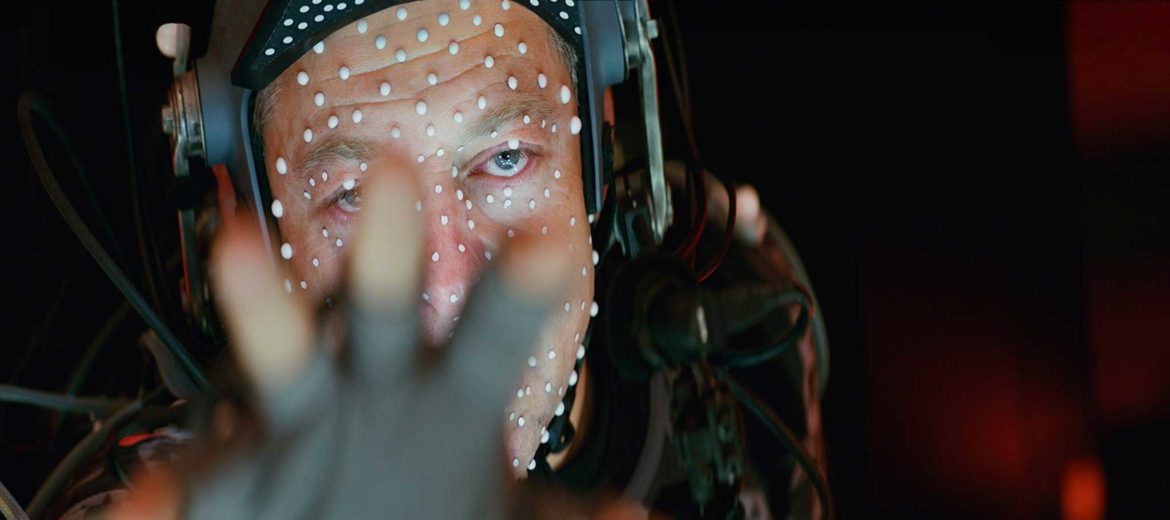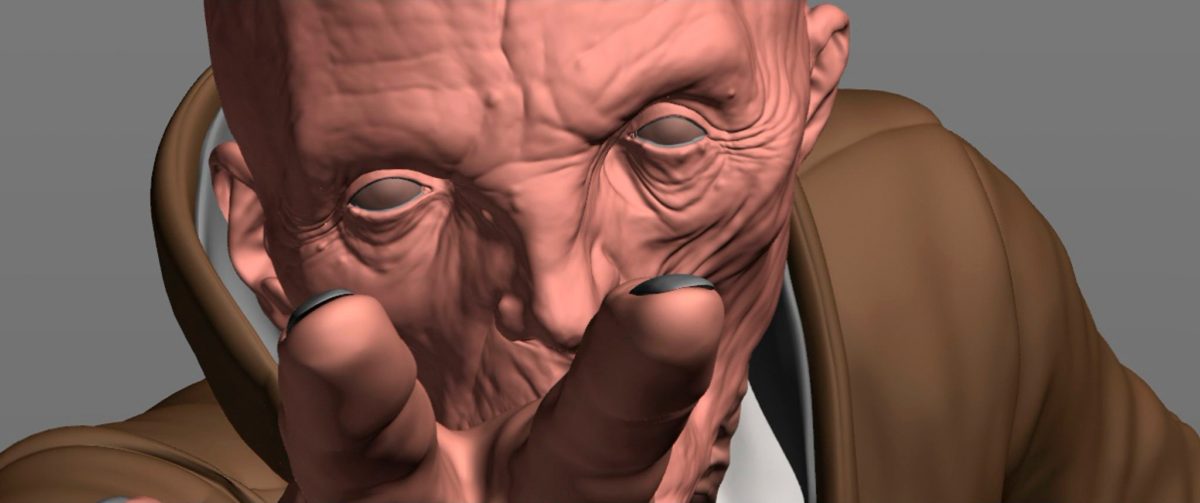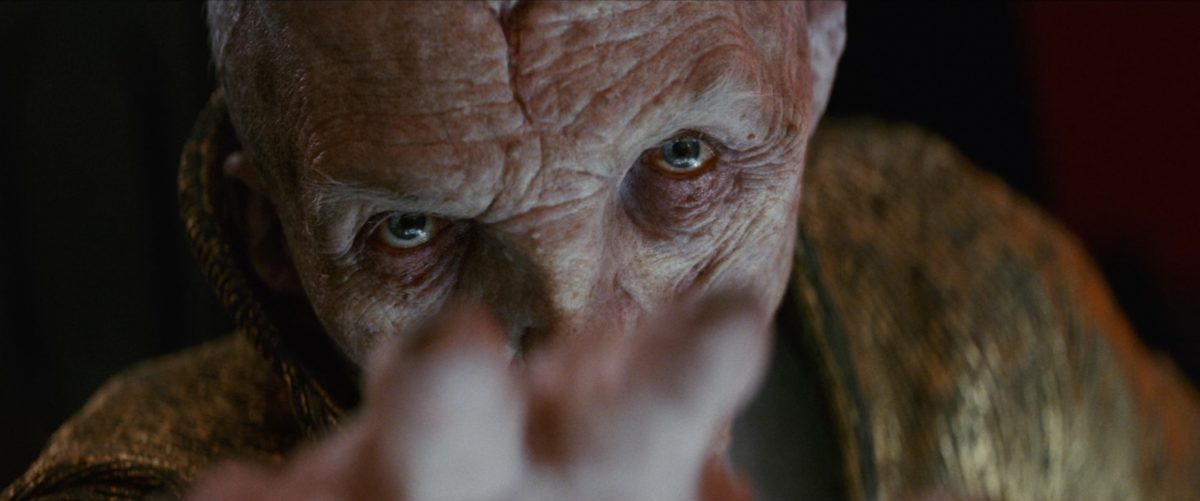If you’ve ever wondered who creates the “wow” special fx you see on movie screens, pay close attention to the credits. That’s what Ellery Ortiz does. The visual effects artist feels gratified seeing his name roll down the screen at the end of a film. If you have seen Star Wars: The Last Jedi then you’ve witnessed his latest work. So, how in the world did he get from watching the movie that inspired him to help making it?
Inspired by movies like the aforementioned, Star Wars and Jurassic Park, Ortiz knew he wanted to stun people via the screen. So Ortiz, took his passion for art and film, attended Syracuse University and earned a degree in computer animation. But work didn’t follow and Ortiz, who has Haitian and Puerto Rican roots, struggled to find a job.
Thankfully good things come to those who wait and are willing to work. First, the New York native relocated to San Francisco, a city that “birthed special effects.” The next step was earning his master’s degree in visual arts from San Francisco’s Academy of Art College. “I decided to go to grad school to update my skills because the industry is continuously changing,” Ortiz said. A few months after graduating, Ortiz got picked up by a local visual effects company, The Orphanage, and took on his first project, Hell Boy. Here he shares the real deal on his job…
THE GOOD
After working on Hell Boy, Ortiz says he finally caught his stride. He’s worked on films like Sin City, Harry Potter and the Goblet of Fire, Superman Returns and a handful of commercials and video games. With a few blockbusters under his belt, Ortiz values his experiences the most. “[It’s] the people I’m working with—the company that I’m working for—that adds to the film I’m working on,” Ortiz explains.

THE BAD
As much as he loves his work, the lack of stability is what he dislikes most. But his steady stream of projects likely has more to do with strategy than luck. While visual artists are required to perform a number of tasks, he focuses on match moving, a process he describes as, “recreating a shot and making it look like it was shot with the camera.”

THE UGLY
Although proud of his academic accolades, in retrospect Ortiz realized that it’s not what you know, but who you know that moves you forward. “I had the false impression that I needed to have a particular degree to come into the industry,” he revealed. “It was more about exposing yourself and networking. I would have [done more networking and gotten exposure] rather than chasing the degree. I’m not advocating not going to school. I just think a [bachelor’s degree] is enough.”

Where to Learn
It’s still important to learn the basics and school is the best place to build that foundation. “Find a training program—either in a school or outside—that offers a curriculum in visual effects and includes demo reel development,” Ortiz said. “Get out there as early as you can (even while you’re still in school) and make connections in those companies – practical hands-on experience is the best way to learn how the industry works!” Check this short list for a school in your area, trade groups to get that networking on.
To Study
NEW YORK
Pratt Institute
Cooper Union
Parsons The New School for Design
CHICAGO
American Academy of Art
Westwood College
MIAMI
Miami International University of Art & Design
American Intercontinental University—South Florida Campus
Digital Media Arts College
LOS ANGELES
California Design College
The International Academy of Design and Technology
HOUSTON
University Of Mary Hardin-Baylor
University of Houston
To Network
American Institute of Graphic Arts
Graphic Arts Guild
Association of Computer Machinery’s Special Interest Group on Graphics and Interactive Techniques (ACM SIGRAPPH)
